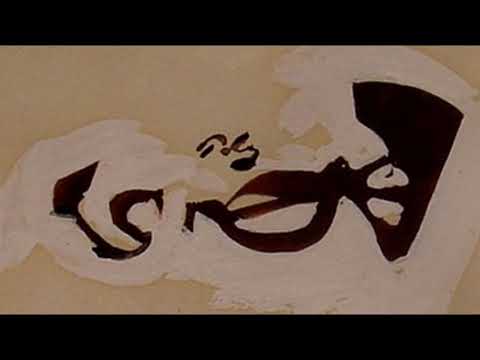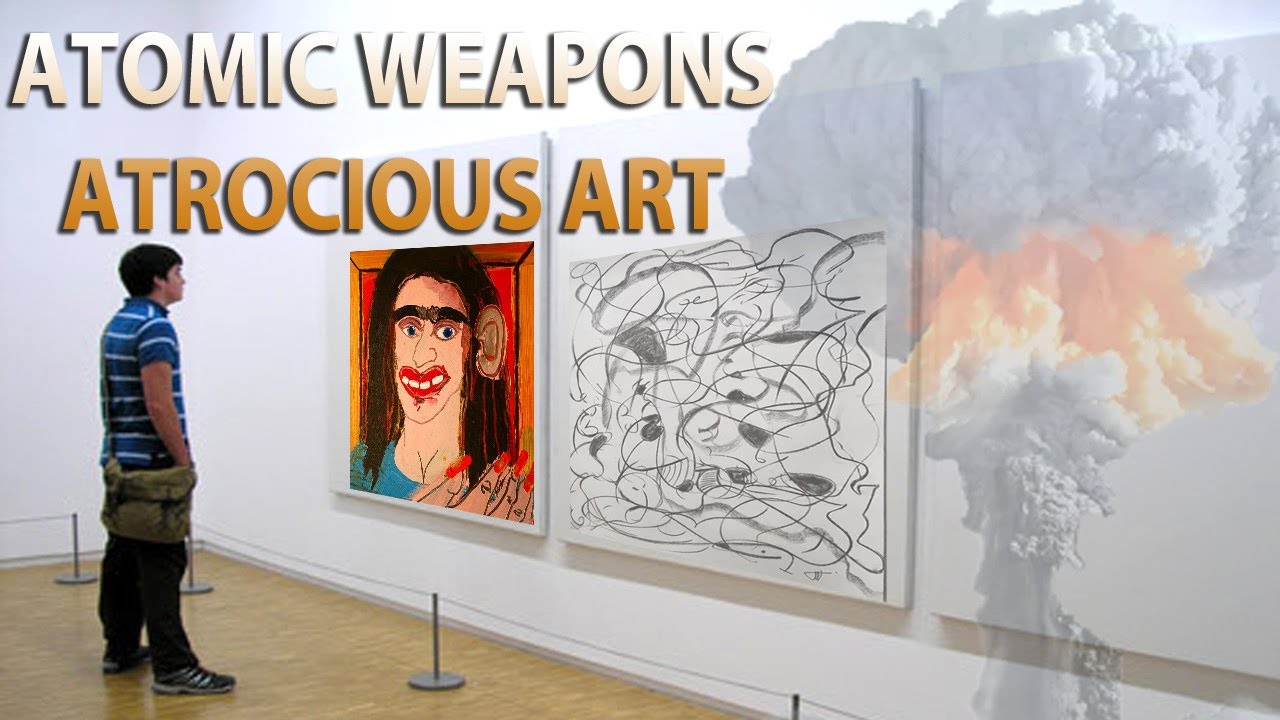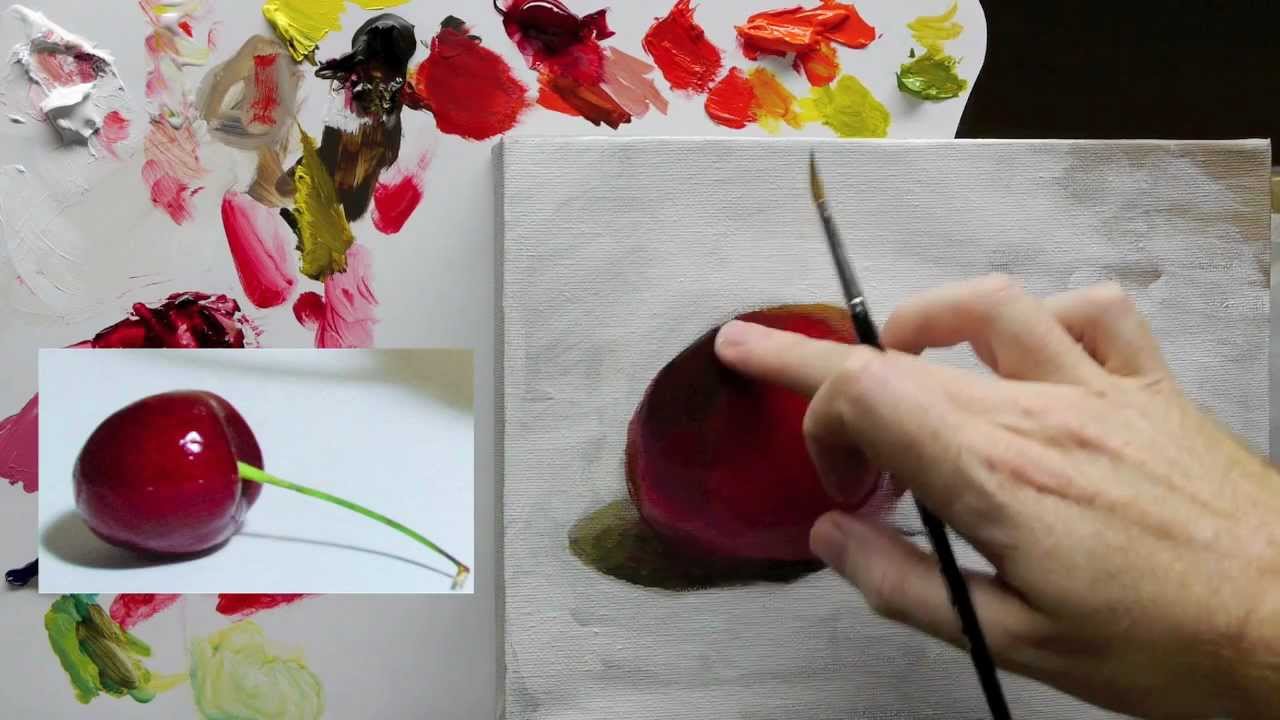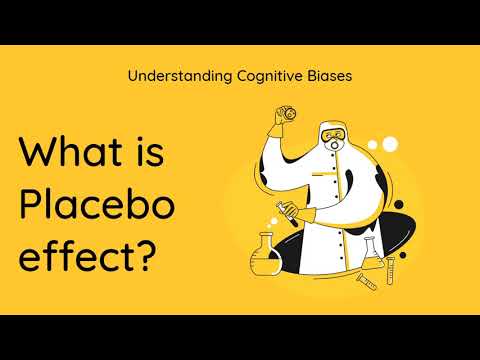Tuen Tony Kwok
tonykwk39@gmail.com
Mark Tobey, best known for his calligraphic “white writing” style, became one of the best known and internationally respected American artists during the 1950s and 1960s. Born in Wisconsin in 1890, Tobey was predominantly self-taught despite attending some classes at the Art Institute of Chicago. After moving to Chicago in 1909, he was employed as a fashion illustrator, a profession he continued when he moved to New York two years later. While in New York, Tobey worked as an artist for McCall’s magazine and had some success as a portrait painter. From 1913 to 1917 he divided his time between Chicago and New York, where he secured his first one-person show of charcoal portraits in 1917 at Knoedler Gallery. Around 1918 Tobey was introduced to the Bahai World Faith, a religion that promotes universal consciousness and a faith that ultimately changed his art.
Bahai belief—that all humanity is interrelated, all religions are prophetic of a single world faith—manifested itself in both the themes and style of Tobey’s art. While his subjects were often spiritual and multi-faceted, his technique revealed his focus on the unity of the image, rather than its separate parts. Tobey created complex allover compositions with no focal point. Networks of fine white lines painted against a dark ground characterize his mature “white writing” style, which he established in the mid-1940s. This calligraphic style was Tobey’s visual manifestation of the interrelationship between man and the universe. His white lines, a result of his experiments with Chinese calligraphy, connote vibrating movement and light; they energize and link the parts of his compositions.
In both his life and work, Tobey expressed an interest in mystical states of mind. In 1923 he moved to Seattle to teach art, and that is where he learned Chinese calligraphy. This experience coupled with numerous trips to Europe and the Near East played a pivotal role in connecting Tobey with the Orient and Oriental art, sources from which he developed his signature allover calligraphic style. From 1930 to 1938 he taught at in Devon, England, taking a break in 1934 to study Oriental philosophy and art in China and to live in a Zen monastery in Japan. Upon returning to Seattle in 1938, Tobey began working for the Works Progress Administration (WPA). In 1941, Tobey began studying piano, music theory and music composition, disciplines that greatly influenced his work. Through the 1940s and 1950s his international reputation grew; in 1958 he became the second American, after Whistler, to win the International Grand Prize at the Venice Biennale. Tobey moved to Basel, Switzerland in 1960, remaining there for the rest of his life, making summer trips to the United States. Tobey died in Basel in 1976.
Mark Tobey 馬克·托比. 以書法“白色書寫”風格而聞名的馬克·托比,在20世紀50年代和60年代成為美國最知名和最受尊敬的美國藝術家之一。儘管參加芝加哥藝術學院的一些課程,塔博伊在1890年出生於威斯康星州,但主要是自學成才。 1909年移居芝加哥後,他被聘為時尚插畫師,兩年後他搬到紐約時繼續從事這一職業。在紐約時,托比曾擔任麥考爾雜誌的藝術家,並在一位肖像畫家中取得了一些成功。從1913年到1917年,他將時間分配在芝加哥和紐約之間,他於1917年在諾克勒畫廊(Knoedler Gallery)獲得了他的第一個單人肖像木炭人像展。 1918年前後,托比被介紹給巴哈世界信仰,這是一種促進普遍意識和信仰的宗教,最終改變了他的藝術。
巴哈伊的信仰 – 全人類都是相互關聯的,所有的宗教都預示著單一的世界信仰 – 在托比的藝術主題和風格上都表現出來。雖然他的題材經常是精神和多面的,但他的技巧表現出他對形象統一的關注,而不是其單獨的部分。托比創造了沒有焦點的複雜的整體構圖。在黑暗的地面上繪製細白線的網絡表徵了他在20世紀40年代中期建立的成熟的“白色書寫”風格。這種書法風格是托比人與宇宙之間相互關係的視覺表現。他的白線是他對中國書法的實驗的結果,表明振動和光線;他們激發和聯繫他的作品的部分。
在他的生活和工作中,托比表達了對神秘心境的興趣。 1923年他搬到西雅圖教藝術,那是他學習中國書法的地方。這種體驗加上多次前往歐洲和近東地區的旅行,在將托比與東方和東方藝術聯繫起來方面起著舉足輕重的作用,他從中發現了他的簽名整體書法風格。從1930年到1938年,他在英國德文郡任教,1934年休息一下,在中國學習東方哲學和藝術,並住在日本的禪寺。 1938年回到西雅圖後,托比開始為工程進度管理局(WPA)工作。 1941年,托比開始學習鋼琴,音樂理論和音樂作曲,這些學科極大地影響了他的作品。在20世紀40年代和50年代,他的國際聲譽日益增強;在1958年,他成為繼惠斯勒之後第二位在威尼斯雙年展贏得國際大獎的美國人。托比於1960年搬到瑞士巴塞爾,在那裡度過餘生,去夏季去美國。托比於1976年在巴塞爾去世。
Source
Mark Tobey 馬克·托比 (1890-1976) Abstract Expressionism American




Tobey was the man!